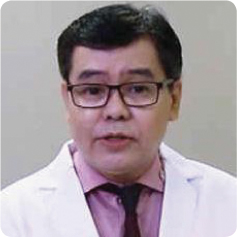References
Body contouring using a combination of non-invasive energy-based devices

Abstract
In this article, the author will be reviewing fat anatomy and physiology, as well as outlining how fat is distributed. Only after this baseline knowledge is established, can a comprehensive discussion on how to body contour by reducing fat be discussed thoroughly. The way cellulite develops and why females are predisposed to it is also detailed, followed by emphasis on the chronology in a holistic slimming approach (first is fat loss, then toning, followed by firming, anti-cellulite, figure shaping and spot reduction), the proper sequence of treating from the inside going out or from the inner visceral fat to the outer subcutaneous fat, from the deep reserve fat of the subcutaneous fat towards the superficial fat of the subcutaneous fat, and what ‘specific’ parameters should be used for each ‘separate’ energy (for example, infrared, radiofrequency and skin curving) after discussing the vast myriad technologies involved in different non-invasive energy based devices, including those employing lasers, primarily for aesthetic purposes, but consequently with health benefits.

Visceral fat, which is concentrated mainly in between the visceral organs inside the abdomen, can be decreased through ‘proper’ diet and ‘correct’ exercise (Figure 1). This is because some diets can lead to gaining more fat, while some exercises can result in gaining more weight. On the other hand, the deep reserve fat layers of the subcutaneous is typically removed by liposuction. Liposuction is not carried out on the more superficial fat layer, because there is the possibility of hitting the dermis, which in turn will cause unnecessary induration. The skin may appear smooth after liposuction surgery, but there is production of palpable scar tissue underneath. On top of that is the superficial fat layer of the subcutaneous. They are specifically removed by energy-based machine treatments like ultrasound, red Light, infrared light, and cryotherapy, and at the surface is dermal fat, which produces cellulite. Some readers may be thinking that there is no fat in the dermis. However, as will be explained later, this is where fat protrudes, even up to the epidermis, to produce cellulite. Now, this where radiofrequency, infrared and skin curving machine treatments come into play.
Register now to continue reading
Thank you for visiting Journal of Aesthetic Nurses and reading some of our peer-reviewed resources for aesthetic nurses. To read more, please register today. You’ll enjoy the following great benefits:
What's included
-
Limited access to clinical or professional articles
-
New content and clinical newsletter updates each month


